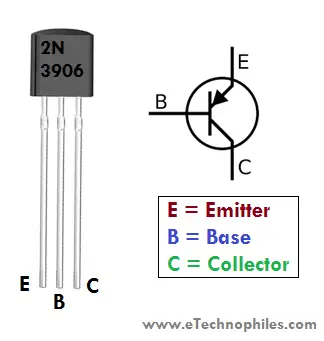
The 1k ohm resistor at the collector of Q2 was chosen so that the voltage across it would be somewhere between 0.8V and 1V. Using a multimeter, the voltage across the output pin is 3.18V when the emitter degenerated Q2 is connected. Putting a 120 ohm resistor between the emitter of Q2 and ground would increase the input resistance of the transistor configuration. Here we are using the transistors as switch therefore the range of voltage values needed to turn on both 2N3904 and 2N3906 would be around 0.7V up to its max rating which is 6V based on the datasheet.Ĭonnecting the transistor configuration (base of Q2) into the output pin of the PIR sensor would introduce what we call the loading effect greatly reducing the voltage output of the PIR output pin.

The voltage signal of 3.3V would be enough to turn on the transistor Q2 (2N3904). Once the motion stops, the pin would go back to 0V. When the sensor is triggered, the open circuit voltage at the ouput pin would go high from 0 to 3.3V (measured value).

I used the voltage across the diode as input to the PIR sensor (Vin+) and grounded the third pin(-). For example, when i replaced the 2k ohm with a 120 ohm resistor, the voltage across the diode would go as high as 5.3V. Putting a smaller value resistor would increase the voltage across it. The resistor would reduce the voltage across the reverse biased diode to 5.02V as measured from my multimeter. Since this breakout board is compatible with the arduino, I used a 5.1V zener diode with a series resistor of 2k ohm sourced from the output of a 12V linear regulator. The GH-718C PIR sensor has 3 pins namely: Vin(+), Output and Ground(-). However, a moving body that causes a relatively large temperature deviation within its range would turn on its output pin creating a voltage signal. Not all moving objects would trigger the sensor.

When turned on, it captures an 'image' of the surroundings within range. The PIR sensor available at hand is widely used together with the arduino derivative boards in motion sensing projects by detecting temperature changes in an area within its range.


 0 kommentar(er)
0 kommentar(er)
